
EU Aims to Boost Its Wind Industry to Counter China’s Clean Tech Ambitions
The European Union launched a wind power package on Tuesday to counter the growing influence of China and
2023-10-24 20:29
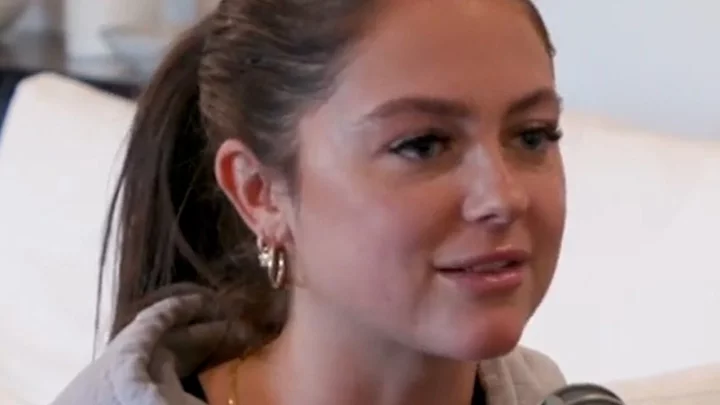
Cam girls reveal the weirdest requests that they've ever been sent
Streamer and Only Fans content creator Ashley Tea, took to Twitter to ask cam girls what's the weirdest request they/ve ever been asked, and it was definitely eyeopening. The replies were full of cam girls sharing the weirdest requests they've got from clients, some seeming almost unbelievable, one woman simply commented "where to start..." However, the majority seemingly had that 'one' request that stuck with them, and they were kind enough to share them with the internet. "Someone ask for a custom where I turned them into a turkey. cooked them in the oven, and then ate them from their PoV," one woman commented. She added that the request came when she first started out as a creator and is "honestly sad" that she didn't accept the request at the time. Sign up to our free Indy100 weekly newsletter Another cam girl shared that she "had someone ask me to take my hair extensions and clip them to a thing and pretend I had really long butthole hair." Many couldn't believe the request and asked if she had fulfilled it, but she explained that she hadn't because "he wanted me to do to for $35 so no. My base charge is 150." In the more shocking requests shared, one said that "a guy asked me to dissect a frog in my fanciest lingerie, did not do it lol." "My time has come," replied one cam girl to the question of what was her weirdest request. "I was asked to film myself pooping in a box, send him the poop, get in a call, and instruct him how to eat it. I said 'Sure! For $5,000.' 'I can only send $100, goddess." Another user replied asking her to clarify that if he had the money, would she have done it. "Yeah Probably!" She responded. Another creator shared that she had been asked for a video of her "driving in my car, seat close to the steering wheel, talking the whole time about how afraid of the airbag I am." This request went one step further, however, with the client asking for "a sequel 2 years later, where I am NOT afraid of the airbag anymore, and actually, I feel BETTER all scooted up!" Whilst many shared the strangest requests they had received, many said that they felt they couldn't even share the weirdest content they'd been asked to make, claiming it being too taboo for the mainstream internet. The Twitter thread wasn't short of stories, and gives a glimpse into the sometimes weird parts of being a cam girl. Have your say in our news democracy. Click the upvote icon at the top of the page to help raise this article through the indy100 rankings.
2023-07-29 16:26
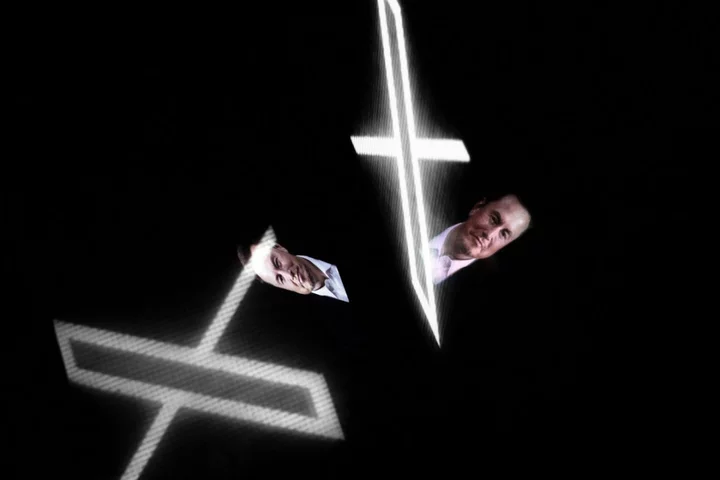
Elon Musk’s X may charge users in these two countries $1 a year to post on platform
Elon Musk’s X is planning to charge users in New Zealand and the Philippines joining via the platform’s web application $1 per year as part of its programme to reduce bot activity. The subscription is part of X’s “Not A Bot” programme, which attempts to “bolster our already significant efforts to reduce spam, manipulation of our platform and bot activity”, the company noted in a help centre post on its website on Tuesday. As part of the pilot programme, new users signing up via the website in the two countries will also be required to verify their account with a phone number, the unsigned post said. It remained unclear why the subscription programme is being rolled out only in these two countries, and exclusively for new users joining via the X website, and not the mobile app. However, Not a Bot’s terms and conditions suggested that people may also subscribe to the programme from X’s iOS and Android apps, while the main help centre post only specified web. X did not immediately respond to The Independent’s request for comment. “As of October 17th, 2023 we’ve started testing “Not A Bot”, a new subscription method for new users in two countries,” the company posted. “This will evaluate a potentially powerful measure to help us combat bots and spammers on X, while balancing platform accessibility with the small fee amount. Within this test, existing users are not affected,” it said. New users from the two countries who opt to subscribe with $1 will for the web version of the platform will be able to post content, like posts, reply, repost and quote other accounts’ posts, as well as bookmark posts, X noted. However, those who opt out of this subscription in the web application “will only be able to take ‘read only’ actions, such as: Read posts, Watch videos, and Follow accounts,” the company stated. “This new programme aims to defend against bots and spammers who attempt to manipulate the platform and disrupt the experience of other X users. We look forward to sharing more about the results soon,” it added. The latest programme is also in addition of X’s premium $8 subscription option. Commenting on a post on X about the new programme, Mr Musk called it “the only way to fight bots without blocking real users.” “Correct, read for free, but $1/year to write. This won’t stop bots completely, but it will be 1000X harder to manipulate the platform,” the multibillionaire said. X’s latest decision is in line with the Tesla titan’s aim to curb bot activity on the platform since before his takeover of then-Twitter in November last year. He has also held from the beginning that charging users would curb bot activity on the social media platform even though it has been found that only a small fraction of users subscribe to its $8 premium service. But the multibillionaire has continued to hold that a subscription fee would make it harder for bots to create accounts since each bot would need a new credit card to register on the platform. “It’s the only way I can think of to combat vast armies of bots,” Mr Musk said last month. “Because a bot costs a fraction of a penny – call it a tenth of a penny – but even if it has to pay a few dollars or something, the effective cost of bots is very high,” he added. Read More EU to investigate X’s handling of disinformation over Hamas attack on Israel EU asks Elon Musk to ‘walk the talk’ on X/Twitter disinformation over Hamas attack How Elon Musk’s Twitter became a haven for fake news and misinformation Viral hate and misinformation amid Israel-Hamas crisis renew fears of real-world violence Instagram Threads adds edit button and voice notes as it attempts to take over from Twitter EU opens investigation into X’s handling of disinformation over Hamas attack on Israel
2023-10-18 13:25

Biden to Visit Hawaii in Stepped-Up Response to Disastrous Fires
President Joe Biden aims to show the federal government is there for Maui residents when he visits the
2023-08-21 17:18
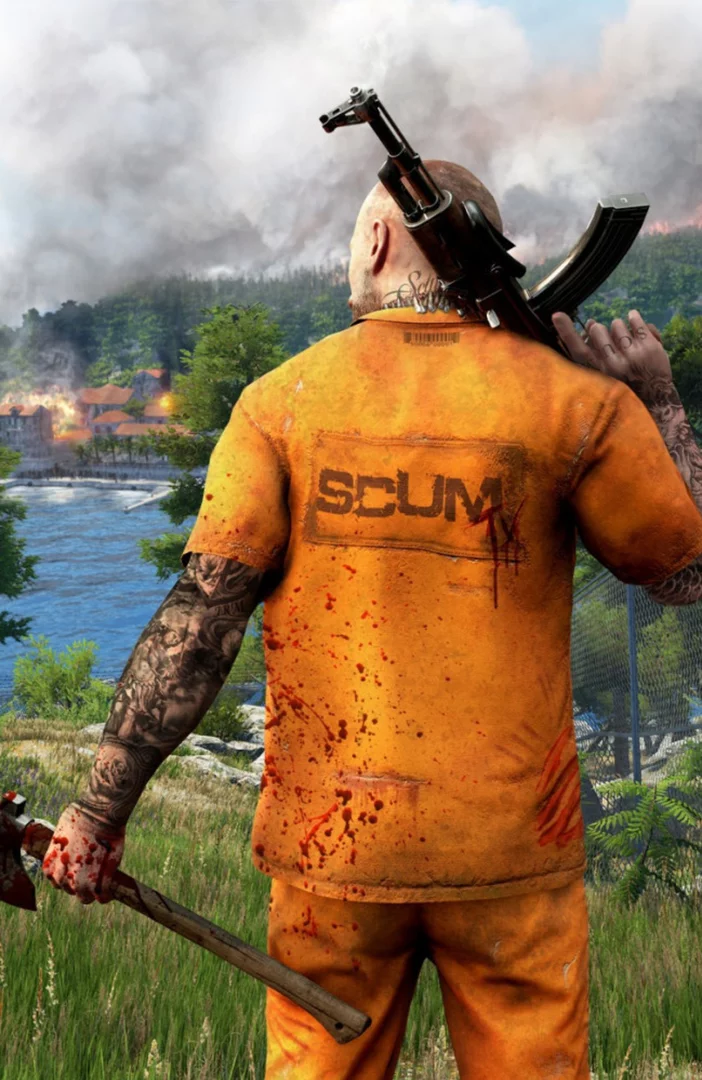
SCUM confirmed for Xbox
The open-world zombie survival game 'SCUM' will be released on Xbox.
2023-11-27 23:22

Meta Begins Blocking News in Canada in Response to New Law
Meta Platforms Inc. started its process of ending news availability in Canada over a law requiring digital platforms
2023-08-02 02:28
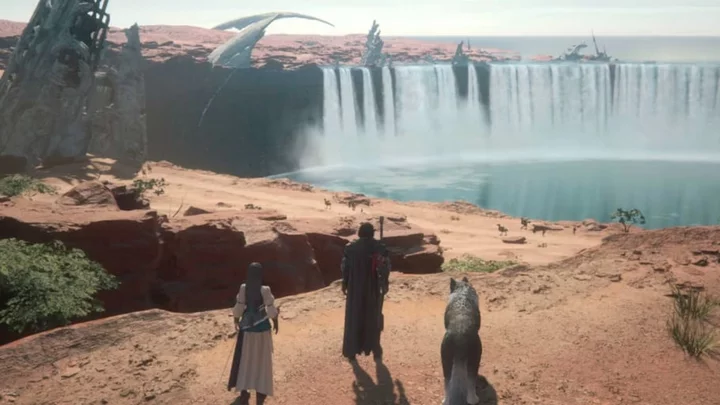
How to Pet Torgal in Final Fantasy XVI
Yes, you can pet the dog in Final Fantasy XVI . Here's how.
2023-06-27 04:59

Britain wants to work constructively with Meta over encryption -Braverman
LONDON British interior minister Suella Braverman said she wanted to work constructively with Facebook-owner Meta over the issue
2023-09-20 14:29

Twitter down: Rival Mastodon sees huge increase in users as Elon Musk ‘destroys his site’
Chaos at Twitter has seemingly led to a new surge of activity on Mastodon, a rival social network, according to its creator. Mastodon has seen some success since Elon Musk took over at Twitter, as users search for alternatives. Unlike its rival, Mastodon has a decentralised structure that relies on users to support and build the network itself. “Looks like Mastodon‘s active user base has increased by 110K (110,000) over the last day. Not bad,” Eugen Rochko, creator and chief executive of Mastodon, wrote on the platform late on Sunday. “I would prefer it if Elon Musk was destroying his site during the work week. This isn’t the first time,” another post from Rochko read. On Saturday, Twitter boss Elon Musk announced new limits on the number of posts accounts can read in a day. Previously, he had expressed displeasure with artificial intelligence firms like OpenAI, the owner of ChatGPT, for using Twitter’s data to train their large language models. Musk took over Twitter in October 2022. Since then, his erratic management style has prompted some users and advertisers to turn away from the site. Mastodon has similar features to Twitter but rather than being controlled by one company, it is installed on thousands of computer servers, largely run by volunteer administrators who join their systems together in a federation. After Mr Musk’s announcements over the weekend, Twitter is also now requiring people to log on to view tweets and profiles - a change in its long-time practice to allow everyone to peruse the chatter on what Mr Musk has frequently touted as the world’s digital town square. The restrictions could result in users being locked out of Twitter for the day after scrolling through several hundred tweets. Thousands of users complained on Saturday of not being able to access the site. In a tweet on Friday, Mr Musk described the new restrictions as a temporary measure that was taken because “we were getting data pillaged so much that it was degrading service for normal users”. Additional reporting by agencies Read More Twitter is breaking more and more What Twitter’s ‘rate limit’ message means and why Elon Musk has imposed restrictions Jack Dorsey calls for ‘open internet’ as Musk imposes new reading limits on Twitter
2023-07-04 00:20

Jose Hidalgo Named President of FTI as Company Rises to Solve New Challenges in Defense Industry
DAYTON, Ohio--(BUSINESS WIRE)--Sep 7, 2023--
2023-09-07 23:48

AI poses a profound threat – but could also help us in a variety of important ways, experts agree
Artificial intelligence poses a major threat to humanity and the world – but also has a range of positive uses, experts have said. Those positive uses include the development of new kinds of life-saving drugs, revolutionary new educational technologies and ways to make media and art more accessible to people. But the potentially liberating and exciting uses of AI risk being overshadowed by the fear and panic over the potential problems of the technology, the experts warned. That was the conclusion of The Independent’s latest premium live event, which saw experts discuss the question: “How much of a threat does AI really pose?” To attempt to answer the question, The Independent’s technology editor, Andrew Griffin, was joined by deputy technology editor Anthony Cuthbertson and two world-recognised experts in their field. Andrew Rogoyski is director of innovation and partnerships at the Surrey Institute for People-Centred AI, and Catherine Breslin is a machine learning scientists and consultant who previously worked on Amazon Alexa and at other companies, and now runs Kingfisher Labs, an artificial intelligence consultancy. All panelists agreed that one of the most pressing issues about artificial intelligence is it being used to fill the internet with “sludge”: “automatically generated noise”, as Rogoyski described it, that could make it difficult to tell humans from artificial intelligence systems. “If you think of how much we depend on information on the internet, the idea that it's filled with rubbish – it's bad enough as it is,” he said. “But the idea that it's automatically generated, I think, is the most real extant threat of the misuse of AI.” Catherine agreed and noted that “sludge” could be made up of not only text but also “images and video and audio as well”, warning that people are not aware of just how easy it is to create convincing audio and video that pretends to be somebody else. “We won't necessarily be able to trust what is real and what is not real and without better ways of validating where images and video and audio come from,” she said. “So I think that this being able to generate media quickly, convincing media quickly, and then being able to send it out on the internet and the speed and scale at which information disseminates there – I think those two things combined will make for interesting times in the future when we have to grapple with the realities of validating our media.” But even amid that fear, the experts said that there were many very exciting possibilities being offered by technology. “Some of the biggest problems humanity faces could potentially be solved by an advanced artificial intelligence,” said Cuthbertson, pointing to its use in medicine and elsewhere. Rogoyski said that many of the benefits of AI are already being “taken for granted”. The technology is already used in science, medicine, to moderate the internet and to improve manufacturing and logistics, he said, and in every day ways such as the organisation of photos on our phones and information in our search engines. Even the fear that people could lose their jobs to artificial intelligence might be misplaced, the experts said, if companies instead use the technology to augment rather than replace their employees. Already, legal professionals are using artificial intelligence to navigate court audio, and doctors are using it to transcribe medical notes – freeing those people up to do helpful work for their clients and patients, Breslin noted. The entire conversation – which included discussions on the military use of artificial intelligence, its effects on the arts, and much more besides – can be viewed above. Read More Google may soon roll out AI ‘personal life coach’ ‘I’m scared’: Snapchat’s AI posts image that terrifies users How much of a threat does AI really pose? Get your ticket for our free event
2023-08-18 18:45

EA SPORTS™ NHL® 24 Unleashes the Intensity of Hockey With All-New Exhaust Engine and Physics-Based Contact; Arrives October 6
REDWOOD CITY, Calif.--(BUSINESS WIRE)--Aug 16, 2023--
2023-08-16 23:18
You Might Like...
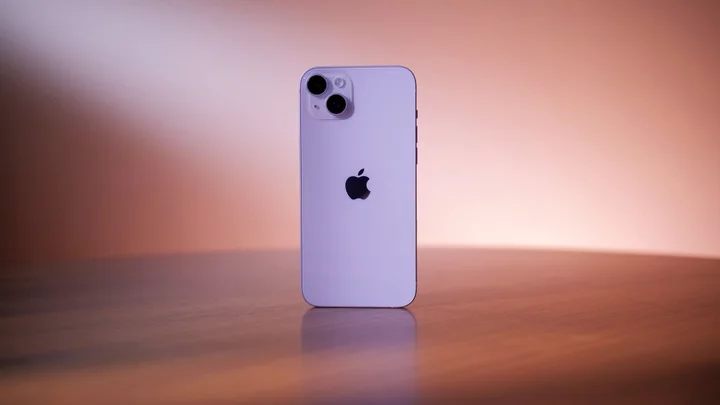
Apple's iPhone 15 Will Likely Be Announced September 12 or 13

'Who is she?': Elon Musk's bizarre photo leaves Internet confused as it shows him kissing a robot

YouTube Stories Heading for the Google Graveyard

Explainer-How climate change is fueling hurricanes

Managing Director, Equity Research, Scott Devitt Initiates Coverage on Eight Names in the E-commerce and Advertising Sectors: AMZN, MELI, SE, SHOP, GOOGL, META, PINS and TRIP

MrBeast responds to YouTuber Jacksepticeye's accusations about his impact on the platform, fans say 'people are just jealous'

Can You Play Starfield Offline?

How to Counter Deadlock's Ultimate in Valorant
